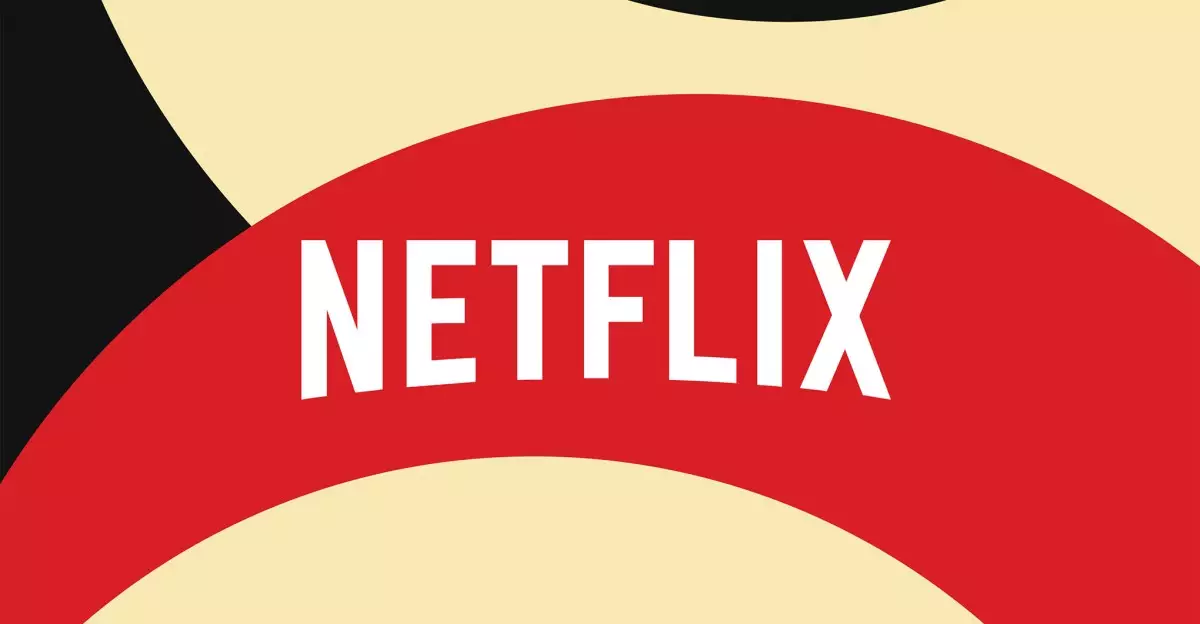In a groundbreaking move for streaming enthusiasts, Netflix has officially integrated support for HDR10 Plus, Samsung’s proprietary HDR standard, into its service. This pivotal development signifies a shift in strategy that caters specifically to Samsung TV owners, enabling them to fully exploit the superior visual capabilities of their devices. With HDR10 Plus, Netflix aims to enhance viewing experiences through improved clarity and color representation. Unlike its counterpart, Dolby Vision, which employs dynamic metadata for fine-tuning visuals on a scene-by-scene basis, HDR10 Plus operates with a similar methodology but circumvents the associated royalty costs, making it appealing for both content producers and consumers alike.
Understanding HDR Formats
The world of HDR (High Dynamic Range) can be complex and multifaceted. Dolby Vision, the more recognized format, allows for precise adjustments to brightness and tone for each individual scene, providing a uniquely immersive experience. However, many Samsung TVs, which dominate the global market with nearly 30 percent share, do not support this leading format. Instead, users of such TVs have been relegated to HDR10, a static format that applies uniform settings across an entire piece of content. This one-size-fits-all approach compromises the precision of lighting adjustments, especially in scenes with stark contrast between light and dark elements.
The introduction of HDR10 Plus now presents a compelling alternative, enhancing the viewing experience without subjecting users to royalty fees. Samsung’s technology, debuted in 2017, is gradually gaining traction as streaming services like Disney Plus, Apple TV Plus, and now Netflix extend their support. Although Netflix was initially late to the game, the addition of HDR10 Plus to its Premium plan is a significant step toward accommodating a larger audience.
Implications for Content Creation and Consumption
This strategic partnership has notable implications for how content is created and consumed. By utilizing the AV1 codec to deliver HDR10 Plus, Netflix is paving the way for improved bandwidth efficiency and potentially broader content availability. The platform’s ambition to expand its HDR10 Plus library to encompass all HDR titles by the end of 2025 reflects a commitment to enhancing quality and user satisfaction.
Moreover, the acceptance of HDR10 Plus not only elevates Netflix’s standing within the competitive streaming landscape but also serves as a signal to other content providers to begin investing in HDR technologies that appeal to users. As streaming wars escalate, the race is on to deliver superior viewing experiences that can captivate audiences.
The Competitive Landscape
While other manufacturers like Panasonic, Hisense, and TCL may also support HDR10 Plus, the competitive landscape remains heavily influenced by Dolby Vision’s established reputation. Nevertheless, the advantages of HDR10 Plus, combined with Netflix’s widespread reach, herald a new era of content consumption. Samsung’s dominance in the TV market ensures that a significant number of viewers will reap the benefits of this technology, potentially changing the dynamics of viewer expectations when it comes to visual fidelity.
Ultimately, the collaboration between Netflix and HDR10 Plus is more than just a technical enhancement; it marks a significant evolution in the streaming ecosystem, ensuring that users can immerse themselves in a refined visual experience that transcends previous limitations. As we move forward, the industry will undoubtedly watch closely to see how this development shapes viewing habits and expectations among consumers.


Leave a Reply